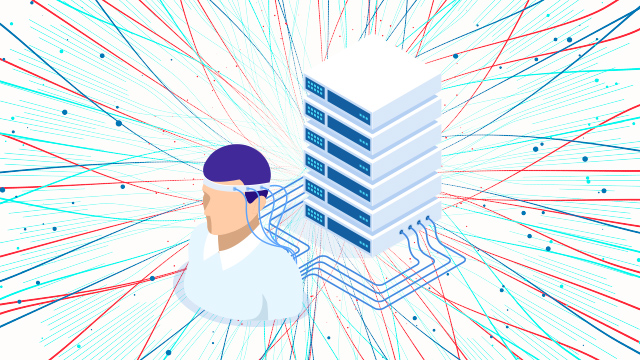

(The whole neural dust system is relying on ultrasound, so it was going to reflect some energy back anyway).

The special thing about this circuit is that it affects the impedance against the crystal itself, which then changes the energy being reflected back. Neurons run on electricity, so in the case of a neural interface the electricity “made” by the crystal triggers the surrounding neurons, which then form a circuit. That crystal then vibrates, becomes loaded with mechanical energy, and converts it into electrical energy. Ultrasound pulses are fired at the sensor, which contains a piezoelectric crystal. Once the algorithm determines which command should be used (based on the brain state the algorithm received), the device executes the command.Īnd there you have it! Bits of electricity in your brain commanding another device 🤯 BCIs Using Neural Dust.AI algorithms are used to match brain states with the desired command for the device.Electrical data is processed and converted into a form that the classifier can handle.Electrodes detect electrical activity happening in the brain, by reading the postsynaptic potentials.To sum up EEG and ECoG brain-computer interfaces: Then its able to evaluate new, unseen data all by itself. NOW the main algorithm can work its magic: the algorithm is trained to match brain states with the desired command for the device. Once all the signal processing is complete, and any prominent features are extracted, it is converted to a vector the classifier can handle. EEG readings may also have contaminants: any noise or signal picked up that didn’t actually come from the brain being studied. This is done using spatial and spectral filtering (a form of image processing using AI). Great, now we know how EEGs and ECoGs detect brain activity! Lets look at how they work in a BCI.Īrtificial intelligence is used to translate the data picked up by the EEG into the desired command for the device.īut first, the electrical signals need to be processed. So even though some say the electrodes measure the postsynaptic potential, they’re really measuring the summation of the postsynaptic potential. EEGs detect differences in charge from electrodes on the scalp, and ECoGs detect differences in charge by placing the sensor right on the surface of the brain. Neurons are being excited and inhibited all the time, so brain activity is presented as a wave, rising and falling. That’s the summation of the postsynaptic potential. That area on the end of the neuron, closest to the scalp, is what the electrodes pick up on! Advance Securityīiometrics have been around for decades, and now with BCIs we can use our brains 🧠 as authentication too.ĭon’t worry, your brain stays in your head! The general idea proposed by Sydney Swaine-Simon is to use EEGs to detect a brainwave pattern unique to the individual, which could then be used as a biometric.įorget the keys and iris-scans you verify yourself now. The RNS is already being implemented looks like seizures may soon become a thing of the past. This means we can use the abnormal electrical activity as the ‘trigger’ for the RNS BCI, which then sends electrical pulses back to the brain to normalize brain activity again. What’s useful about seizures is that they are preceded by unusual electrical activity in the brain. So Neuropace created the RNS, a BCI that stops seizures before they even happen. Lets face it: pills aren’t as effective as we need them to be, and for people that have brain disorders like epilepsy, brain surgery is often a daunting proposal.
UPGRADE THEBRAIN FULL
But now we are closer to truly giving amputees the full experience of life again.

Previously prosthetics were just for aesthetics. It picks up brain signals through electrodes implanted and connected to nerves, and then runs the brain signals through an algorithm that decodes what the brain was actually trying to do. The MPL is incredibly flexible, thanks to its 17 independent joints (25 in total). Now Johnny can rotate his left arm, move each finger individually, and hold hands naturally just by thinking about it, like we usually do with a normal arm!


 0 kommentar(er)
0 kommentar(er)
